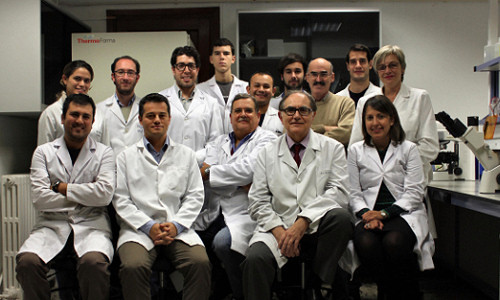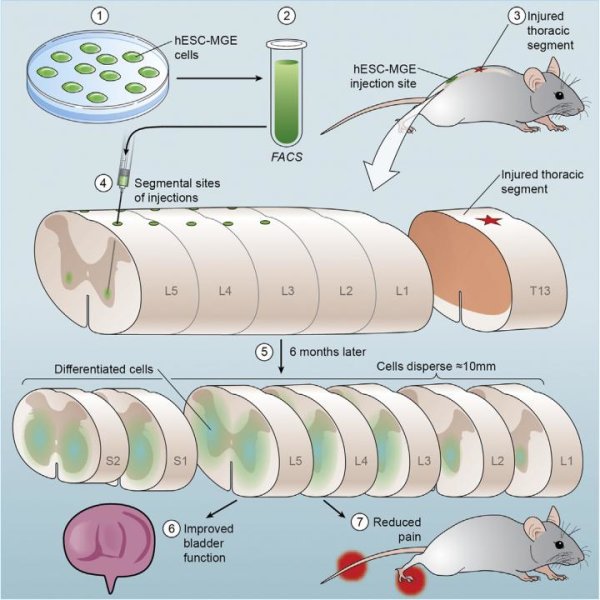This important scientific breakthrough, developed by the University of Granada, will aid the immediate use of artificially-grown skin for major burn patients, since the skin could be stored in tissue banks and made available when needed.
One of the problems major burn victims have is that, using the current protocols for artificial skin, they need to wait various weeks in order for it to be grown, using healthy skin from the own patient.
Spanish scientists, from the Tissue Engineering Research Group, from the Dept. of Histology at the University of Granada, have managed, for the first time, to grow artificial skin from stem cells of umbilical cord. Their study, published in the prestigious journal Stem Cells Translational Medicine, shows the ability of Wharton jelly mesenschymal stem cells to turn to oral-mucosa or skin-regeneration epithelia.
To grow the artificial skin, the researchers have used, in addition this new type of epithelia covering, a biomaterial made of fibrin and agarose, already designed and developed by the University of Granada research team. The work has been carried out in the laboratories of the Faculty of Medicine, alongside the Experimental Unit of the Granada “Virgen de las Nieves” University Hospital Complex.
Prior studies from this same research team, which received recognition in the World Congress on Tissue Engineering, held a few months ago in Seoul (S. Korea), already pointed to the possibility that Wharton stem cells could be turned into epithelia cells. This current work is the confirmation of those initial studies and its application to two regeneration structures: skin and oral mucosa, increasingly needed in injuries in these parts of the body.
Instant Use
One of the problems major-burn victims currently have is that, in order to apply the current techniques of artificial skin, a number of weeks are needed. That is because the skin needs to be grown from parts of the patient’s healthy sin. “Creating this new type of skin using stem cells, which can be stored in tissue banks, means that it can be used instantly when injuries are caused, and which would bring the application of artificial skin forward many weeks”, as explained by Antonio Campos, Professor of Histology at the University of Granada and one of the authors of this study.
To carry out this research, in addition to the researchers from the Dept. of Histology at the University of Granada (Ingrid Garzón, Miguel González Andrades, Mª Carmen Sánchez Quevedo, Miguel Alaminos and Antonio Campos), researchers from the Dept. of Cellular Biology at the University of Granada (Ramón Carmona), from the University of Valencia (Carmen Carda) and from the University of Florianopolis, Brazil (Juliano Miyake) have also been involved.
References: Wharton’s jelly stem cells: a novel cell source for oral mucosa and skin epithelia regeneration. Garzón I, Miyake J, González-Andrades M, Carmona R, Carda C, Sánchez-Quevedo M del C, Campos A, Alaminos M. Stem Cells Transl Med. 2013 2(8):625-32.
This article can be found at: http://www.ncbi.nlm.nih.gov/pubmed/23817131
Story Source:
The above story is reprinted from materials provided by University of Granada.





